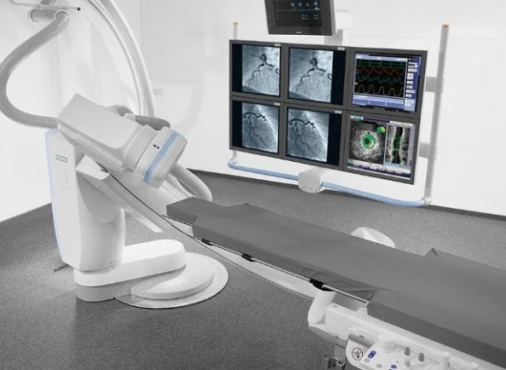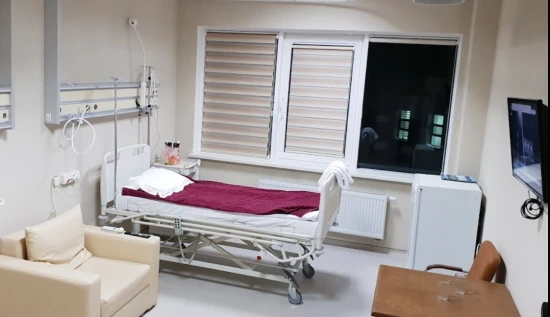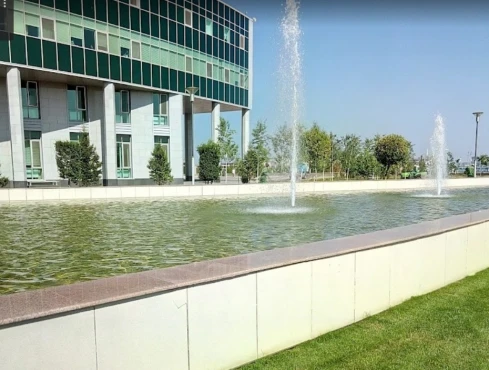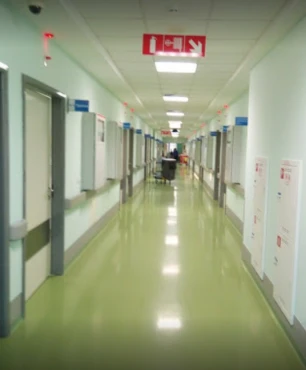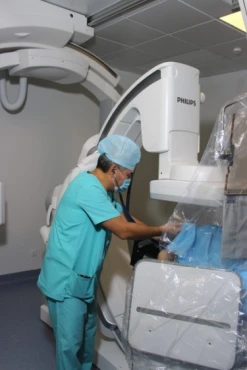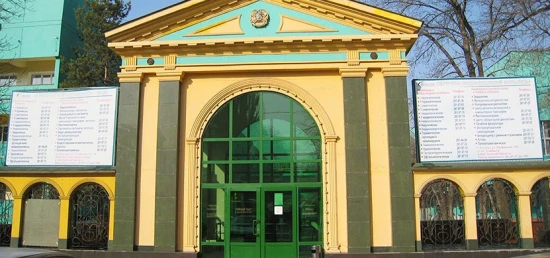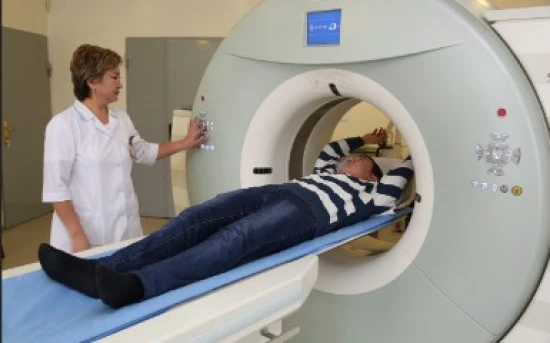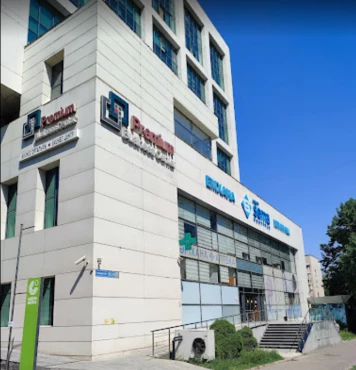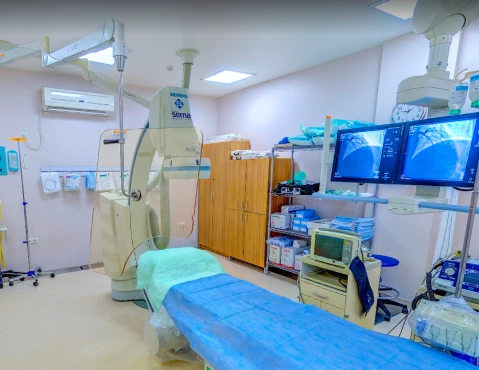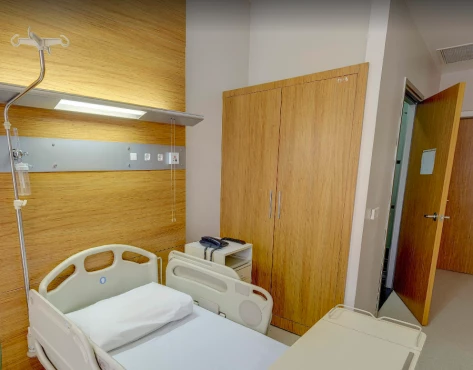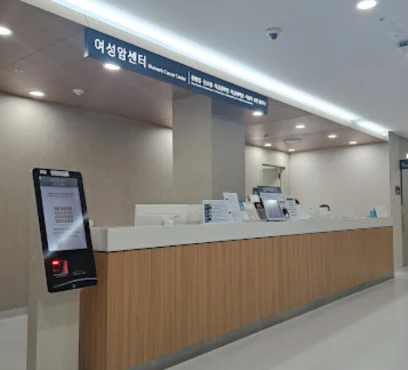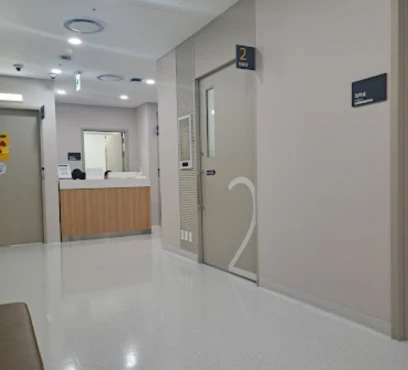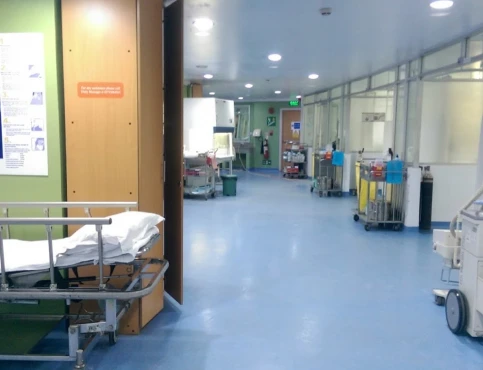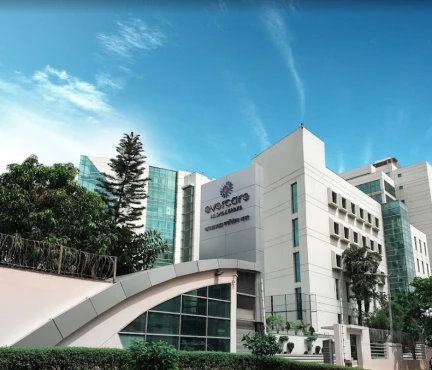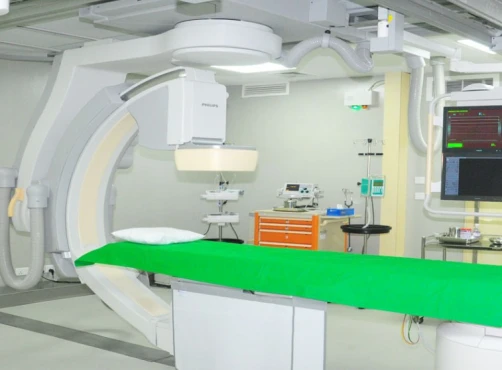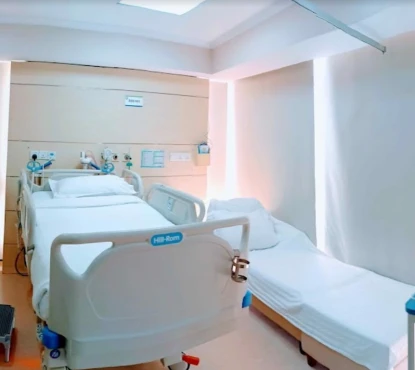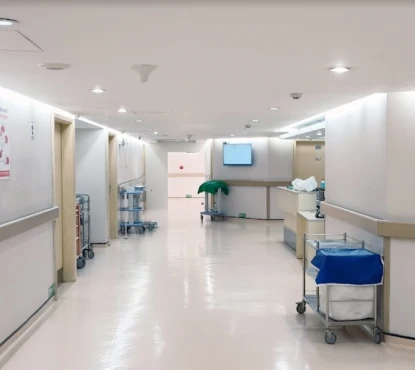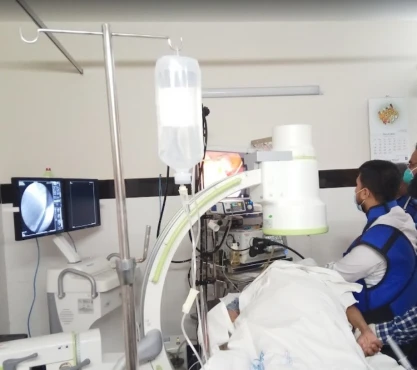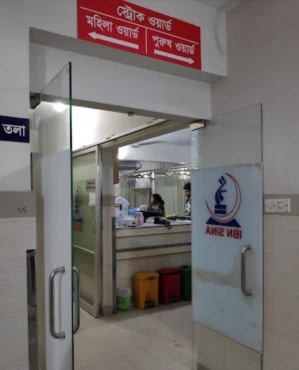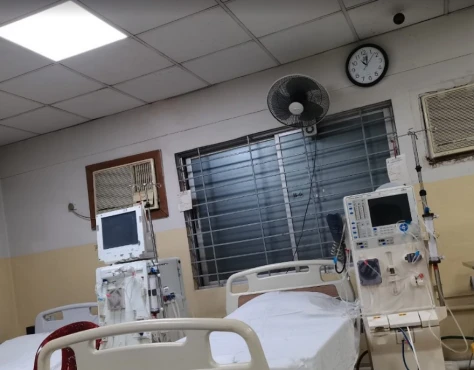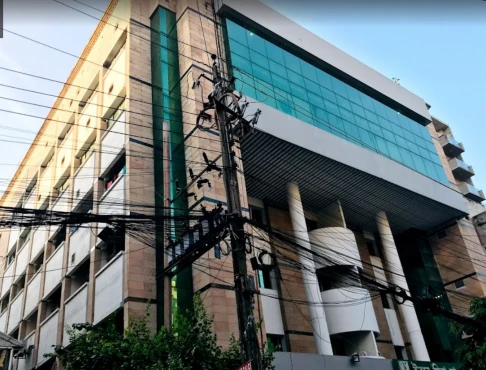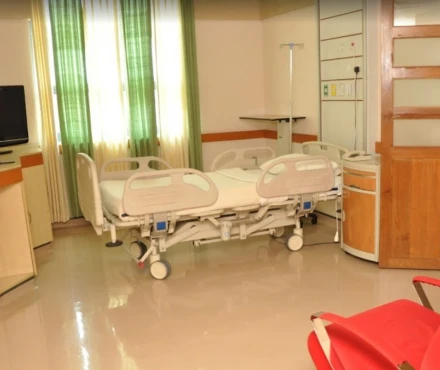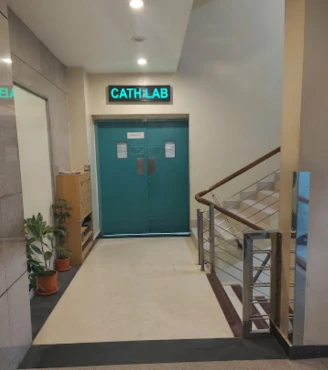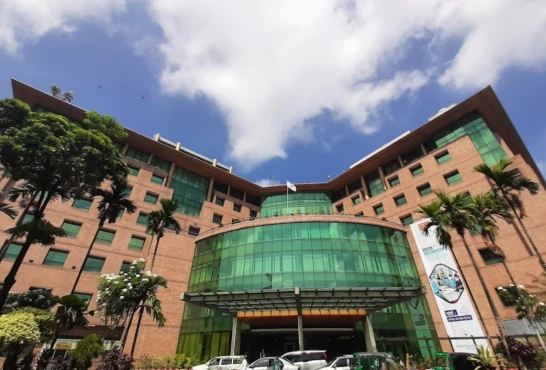Coronary artery bypass graft (CABG) in 5 Cardiac surgery clinics in Kazakhstan
5 clinics specializing in Cardiac surgery providing
Coronary artery bypass graft (CABG)
CABG is a surgical procedure that involves grafting a healthy blood vessel from another part of the body to bypass a blocked or narrowed coronary artery, improving blood flow and reducing symptoms of angina.
Read more...
procedure in Kazakhstan.
Sorted by:
Relevance
Rating
Cost of procedures
Relevance
Prices for selected procedures, total:
≈ $5,785
Prices for popular procedures:
Prices for selected procedures, total:
from $2,826
Prices for popular procedures:

Astana, Kazakhstan
Specializations: Cardiac surgery, Vascular surgery, Neurosurgery, Spine surgery, Orthopedic surgery, Oncology
Languages: English, Kazakh, Russian
The Medical Centre Hospital of the President’s Affairs Administration of the Republic of Kazakhstan - advanced health care facility delivering highly qualified secondary and tertiary
read more
Prices for selected procedures, total:
$6,573
Prices for popular procedures:
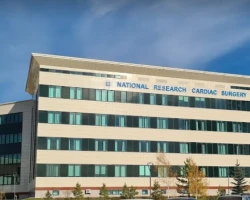
Astana, Kazakhstan
Specializations: Cardiac surgery, Vascular surgery, Thoracic surgery, Orthopedic surgery
Languages: English, Russian
«National Research Cardiac Surgery Center» JSC was built on the instructions of the Head of State N.A. Nazarbayev to improve access tertiary cardiologic, cardiac surgery
read more
Prices for selected procedures, total:
$4,229
Prices for popular procedures:

Almaty, Kazakhstan
Specializations: Cardiac surgery, Vascular surgery, Thoracic surgery, Neurosurgery, Spine surgery, Orthopedic surgery, Oncology
Languages: English, Kazakh, Russian
Central Clinical Hospital – One of the best clinic in the country, having breakthrough diagnostic and treatment technologies, providing a wide range of medical
read more
Prices for selected procedures, total:
$6,461
Prices for popular procedures:
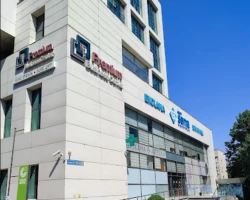
Almaty, Kazakhstan
Specializations: Cardiac surgery, Vascular surgery, Thoracic surgery, Neurosurgery, Spine surgery, Orthopedic surgery, Oncology, Dentistry
Languages: English, Russian
At the Almaty SEMA Hospital Clinic, you can get a full range of medical services provided by our leading specialists. Whether you need a small
read more
Relevant clinics
Perhaps you should consider the following relevant clinics we have found basing on your Location, Procedure filters applied.
Prices for selected procedures, total:
$58,279
Prices for popular procedures:

Seoul, South Korea
Specializations: Cardiac surgery, Vascular surgery, Thoracic surgery, Neurosurgery, Spine surgery, Orthopedic surgery, Oncology, Dentistry
The hospital is fully devoted to elevating its medical service quality by introducing state-of-the-art equipment and systems such as Robot surgery, Linear Accelerator, 3.0T MRI,
read more
Prices for selected procedures, total:
$3,224
Prices for popular procedures:

Colombo, Sri Lanka
Specializations: Cardiac surgery, Vascular surgery, Thoracic surgery, Neurosurgery, Spine surgery, Orthopedic surgery, Oncology
Languages: English
It is located in Sri Jayewardenepura, the capital of Sri Lanka, on nearly 30 acres of beautifully landscaped garden with serene nature. This state of
read more
Prices for selected procedures, total:
≈ $7,595
Prices for popular procedures:
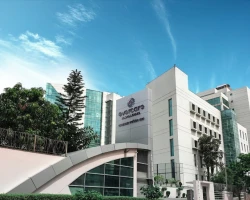
Dhaka, Bangladesh
Specializations: Cardiac surgery, Vascular surgery, Thoracic surgery, Neurosurgery, Spine surgery, Orthopedic surgery, Oncology
Evercare Hospital Dhaka is a 425-bed multidisciplinary super specialty tertiary care hospital which is the first and only hospital in Bangladesh to have got JCI
read more
Prices for selected procedures, total:
≈ $7,595
Prices for popular procedures:

Dhaka, Bangladesh
Specializations: Cardiac surgery, Vascular surgery, Thoracic surgery, Neurosurgery, Spine surgery, Orthopedic surgery, Oncology
Asgar Ali Hospital is the Best Hospital in Bangladesh. We are a 350 bedded multi-disciplinary tertiary-care Hospital, situated at Gandaria, Dhaka. It is a concern
read more
Prices for selected procedures, total:
≈ $7,595
Prices for popular procedures:
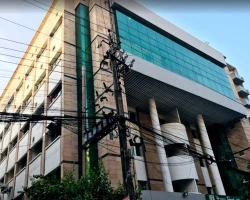
Dhaka, Bangladesh
Specializations: Cardiac surgery, Vascular surgery, Thoracic surgery, Neurosurgery, Spine surgery, Orthopedic surgery, Oncology
The Ibn Sina Hospital was established in July 1983, Keeping in Pace with continuous development of medical technologies,Ibn Sina hospital has been rendering its services
read more
Prices for selected procedures, total:
≈ $7,595
Prices for popular procedures:

Dhaka, Bangladesh
Specializations: Cardiac surgery, Vascular surgery, Thoracic surgery, Neurosurgery, Spine surgery, Orthopedic surgery, Oncology
Opening its doors in August 2006 and situated beside the picturesque Gulshan Lake, this hospital is one of the largest private sector healthcare facilities in
read more
Procedure price distribution in Kazakhstan
Coronary artery bypass graft (CABG):
$2,826
This price found at
Medical Center Hospital of the President’s Affairs Administration of the Republic of Kazakhstan
in Kazakhstan, Astana
$4,228 - 4,228
This price found at
JSC "Сentral clinical hospital in Almaty"
in Kazakhstan, Almaty
$6,571
This price found at
National Research Cardiac Surgery Center
in Kazakhstan, Astana
Minimum Average Maximum
Procedure prices in popular countries:
Coronary artery bypass graft (CABG):
China
$7.4 K - 7.6 K
in
4 clinics
Israel
$14.9 K - 42.6 K
in
13 clinics
Turkey
$15.4 K - 15.4 K
in
26 clinics
Germany
$46.8 K - 46.8 K
in
26 clinics
United States
$137.8 K - 296.0 K
in
15 clinics
Countries with the highest number of clinics offering the procedures treatment:
Coronary artery bypass graft (CABG):
worldwide
546 clinics
Brazil
37 clinics
India
37 clinics
Germany
26 clinics
Turkey
26 clinics
Colombia
23 clinics
Clinics grouping by rating
Clinic with the highest rating of 5 — National Research Cardiac Surgery Center in Astana, Kazakhstan, clinic with the most reviews number of 245 — Almaty SEMA Hospital in Almaty, Kazakhstan.
With rating 4.0 and over — 1 clinic .
